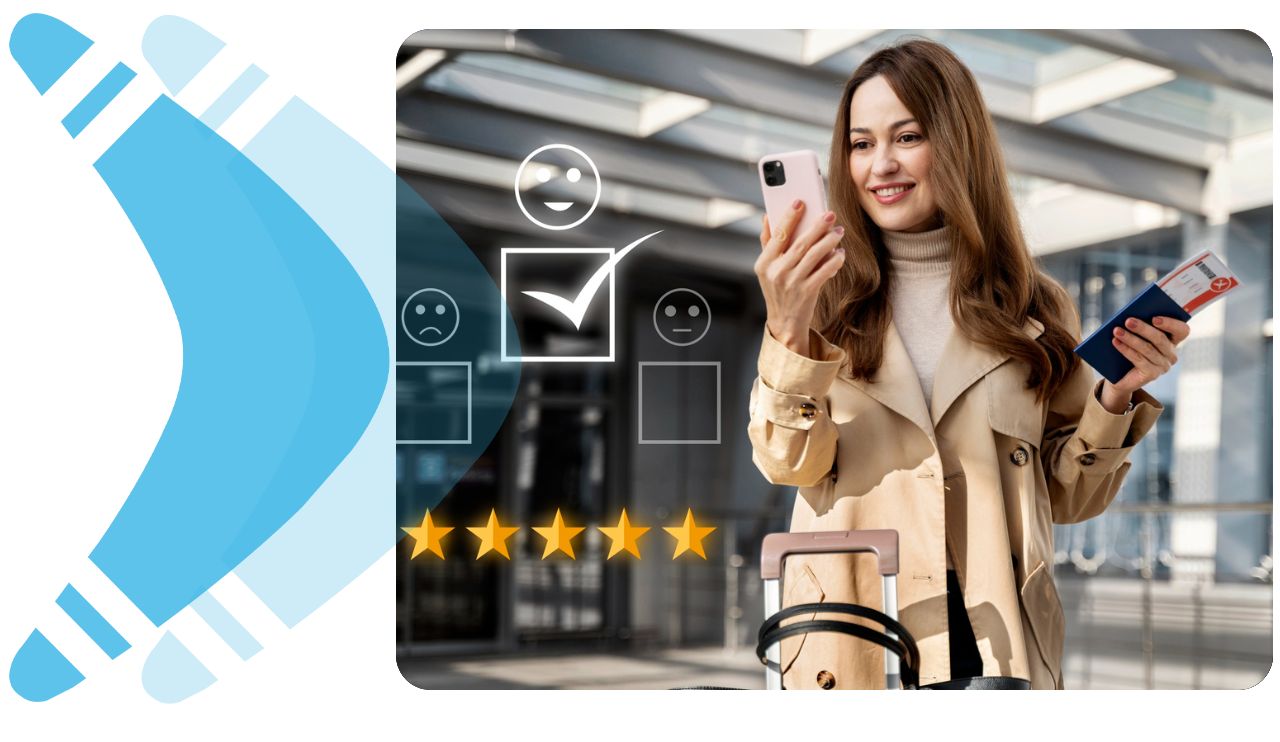In this article, we will examine the differences between customer experience, which takes place at every stage of interactions with the customer, and customer success, which we often hear about in the post-sales process.
Imagine that you are going to have a party at home with your friends at the weekend. But you realize that some products are missing in your home in order to throw this party. For example, each of you likes singing so much that you thought it would be nice to have karaoke on the weekend, and this was part of your party plan. But you need a microphone to sing karaoke and you don’t have one. You immediately started a research and found a few alternative products. You then ordered one, taking into account many factors such as the features, price and the experience environment offered to you. The delivery process was so fast that you received it even though it was very close to the weekend.
After your delivery, you received a call from an unfamiliar number. You answered the call and the person on the other end was an employee of the company you purchased the product from and said that he would give you information about the use of the product after the sale. You were very impressed by this event. Because you learned about the numerous features of this product and you were able to use it with your friends over the weekend. As a result of your weekend and the experience you had while buying the product, you decided to buy ancillary products that would complement this product and further enhance your karaoke experience, and a long-term relationship with that brand began to form.
In the above fictitious example, we witnessed a customer’s close contact with both the customer experience and customer success team. In the relationship and interaction with the customer, customer experience and customer success focus on different stages and aspects of the customer journey.
What is Customer Experience?
Customer experience refers to a general tendency that is formed in the mind of a customer as a result of all the touch points and interactions that a customer will have with the brand throughout the journey from the first contact with the brand.
What is Customer Success?
Customer success is a method used to ensure that a customer can achieve the results they want when using the product and/or service of that brand.
What are the Differences Between Customer Experience and Customer Success?
In terms of focus;
Customer experience is a more general, multidimensional and holistic approach.
Customer success is more specific and focused on specific areas.
In terms of scope;
Customer experience covers a long process from the promotion of the product and/or service, i.e. marketing, to the first contact, from the purchasing process to the support offered by the brand after the purchase.
Customer success includes the process of being in close contact with customers after the purchase. The actual purchase is also the beginning of thinking of the customer as part of the brand. After the purchase, the customer success team provides training and support about the product or service and tries to increase customer loyalty to the product or service.
In terms of objectives;
The purpose of customer experience is to create positive, memorable experiences at every point of contact with the customer so that satisfaction, loyalty and advocacy are positively created and sustained.
The purpose of customer success is to ensure that customers achieve the results they want to achieve with the product or service, resulting in customer retention, customer expansion, increased long-term value with the customer, and increased customer recommendation of the brand to others.
In terms of the metrics they use;
Customer Satisfaction Score (CSAT), Net Promoter Score (NPS) and Customer Effort Score (CES) metrics are used to measure customer experience, and other qualitative and quantitative feedback mechanisms depending on the industry.
Metrics used to measure customer success include customer retention rate (CRR), customer churn rate (CCR), up-selling and cross-selling revenue, expansion revenue (ER), adoption rate (AR) and customer lifetime value (CLV).
In terms of departments;
Customer experience is embraced by most teams within the business, from marketing to sales, customer service to information technology, product development to operations, and they work together.
The number of teams with which customer success interacts and is embraced is small. Customer success works elbow to elbow with the customer service team that provides after-sales support to increase product or service adoption and retention rates.

